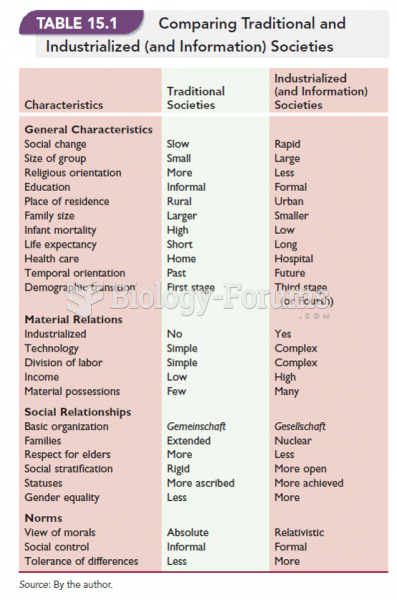Answer to Question 1
Answer: In a radically changed U.S. nursing home concept called THE GREEN HOUSE model, a large, outdated nursing home in Mississippi was replaced by 10 small, self-contained houses. Each is limited to 10 or fewer residents, who live in private bedroombathroom suites that surround a family-style communal space. Besides providing personal care, a stable staff of nursing assistants fosters older adults control and independence. Residents determine their own daily schedules and are invited to join in both recreational and household activities, including planning and preparing meals, cleaning, gardening, and caring for pets. A professional support teamincluding licensed nurses, therapists, social workers, physicians, and pharmacistsvisits regularly to serve residents health needs. In a comparison of Green House residents with traditional nursing home residents, Green House older adults reported substantially better quality of life, and they also showed less decline over time in ability to carry out activities of daily living. The Green House modeland other models like itis blurring distinctions among nursing home, assisted living, and independent living. By making the home a central, organizing principle, the Green House approach includes all the aging-in-place and effective personenvironment fit features that ensure late-life well-being: physical and emotional comfort, enjoyable daily pursuits enabling residents to maximize use of their capacities, and meaningful social relationships.
Answer to Question 2
Answer: Most lesbian and gay older adult couples report happy, highly fulfilling relationships, pointing to their partner as their most important source of social support. Like their heterosexual counterparts, sexual minority older couples rate their physical and mental health more favorably than do their single lesbian and gay agemates. A lifetime of effective coping with an oppressive social environment may have strengthened their skills at managing late-life physical and cognitive changes, thereby contributing to relationship satisfaction. And changing social conditions, including the ease with which younger generations are embracing their sexual minority identities and coming out, may have encouraged more older adults to do the same. Compared with same-sex couples not in a legally recognized relationship, those who are married are advantaged in physical and psychological well-being. Their more favorable mental health is equivalent to that of older couples in long-term heterosexual marriages. Because of strain in family relationships when they told others about their sexual orientation, lesbian and gay older adults less often assumed during the course of their lives that family members would provide support in old age. Consequently, many have forged strong friendships to replace or supplement family ties. Sexual minority couples with gratifying friendship networks report high life satisfaction and reduced fear of aging. Nevertheless, because of continuing prejudice, aging lesbians and gay men face unique challenges. Health-care systems are often unresponsive to their unique needs. And those caring for a partner in poor health may be less likely to seek help from community agencies offering formal support services because of real or perceived discrimination. These circumstances can make late-life declines and losses especially stressful.







